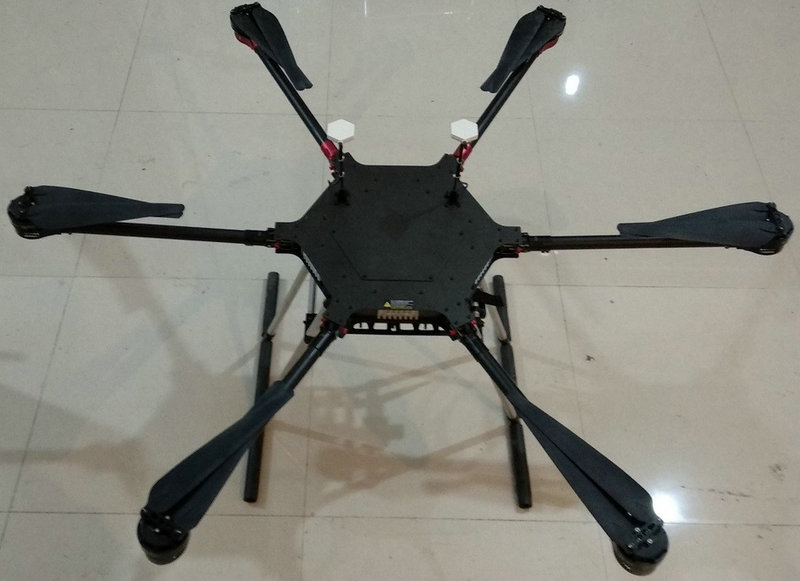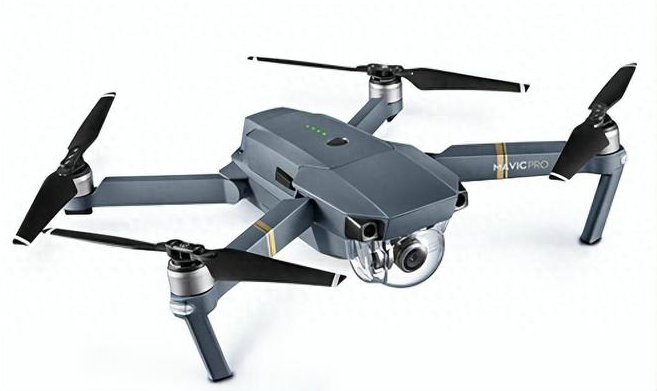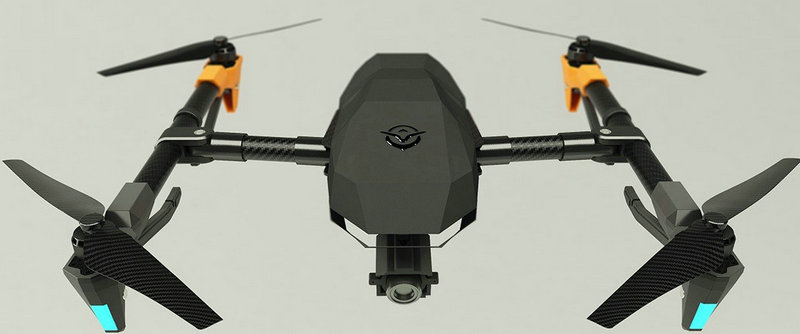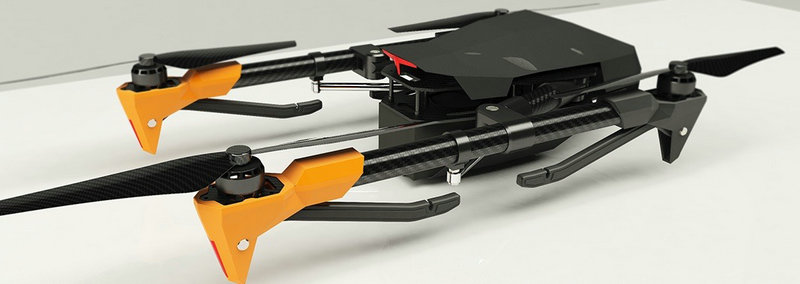
companies of qctocopters UAVs, octocopters drones for selfies, agriculture, videography, petroleum, search, rescue, delivery! suppliers of best price quadcopters drones, hexacopters UAVs with camera for mapping, surveying, agricultural in china.


drones come in various types and configurations, each designed for specific applications and use cases. quadcopters, hexacopters, qctocopters, octocopters, fixed wing drones, VTOL (vertical takeoff and landing) drones, delivery drones. quadcopters have four rotors and are one of the most common types of consumer drones. they are known for their stability, simplicity, and ease of control. quadcopters are used for photography, videography, and recreational flying.


fixed wing drones have a traditional airplane design with fixed wings. they are highly efficient and excel in long-range missions, such as aerial mapping, surveying, and agricultural applications. VTOL (vertical takeoff and landing) drones: the drones combine the characteristics of both fixed-wing and multirotor drones. They can take off and land vertically like a quadcopter and then transition to fixed-wing flight for extended range and efficiency. VTOL drones are often used in surveying, mapping, and delivery applications.
racing drones are designed for high-speed and agility. They are commonly used in drone racing and freestyle flying, where pilots navigate through obstacle courses and perform acrobatic maneuvers. videography drones: they are equipped with high-quality cameras and gimbals for capturing professional-grade photos and videos. They are popular in the film industry, real estate, and aerial photography.


agricultural drones are used in precision agriculture to monitor crop health, apply fertilizers, pesticides, and conduct crop surveys. delivery drones are designed to transport goods and packages from one location to another. They are used in e-commerce, logistics, and medical supply delivery.
search and rescue drones are equipped with cameras and sensors for locating missing persons and assessing disaster-stricken areas. They are valuable for emergency response and rescue operations. mapping and surveying drones are equipped with cameras, LiDAR, and other sensors for creating detailed topographical maps, 3D models, and survey data.
hexacopters have six rotors, offering increased stability and redundancy. They are often used in applications where payload capacity and reliability are essential, such as aerial photography and industrial inspections. octocopters have eight rotors and provide even more payload capacity and redundancy. they are often used for carrying heavy cameras and equipment, especially in the film and video production industry.
- home
- products
- contact
- equipments
- UAV
- camera drones
- fixed wing UAV 200
- VTOL aircrafts 220
- hand-throwing fixed-wing UAVs
- quadcopter drones 820
- huge hexacopter UAVs 1550
- big hexacopter UAVs 1100
- drone PCB
- mini drones 180
- PTZ gimbals
- hydrogen powered drones
- drone LiDAR cameras
- FPV drones
- drone hangar
- underwater robotics
- unmanned helicopters
- drone swarms
- aerial photography drones
- agriculture drones
- inspection drones
- police drones
- emergency drones
- logistics drones
- mapping drones
- mining drones